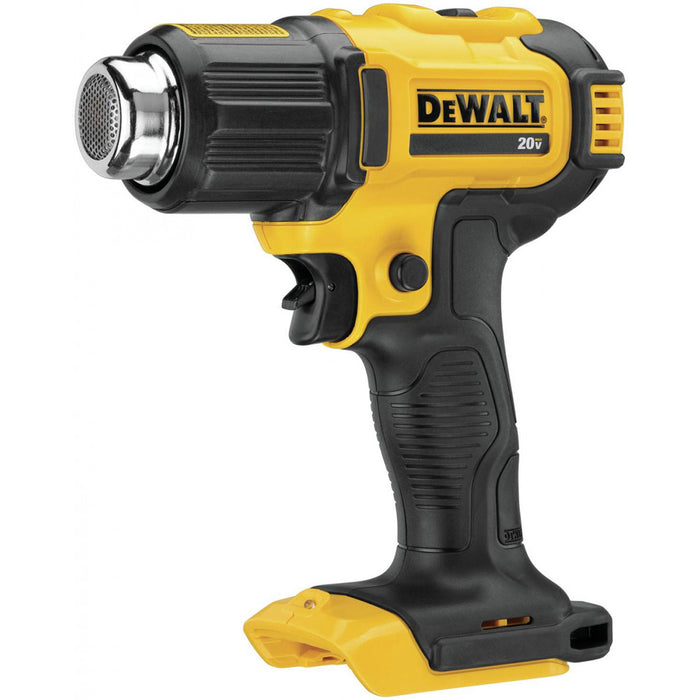

Most batteries on the scale I was looking at can deliver one amp, just like most cars can go sixty miles per hour.

Going back to my battery search, looking for a 1-amp battery was like looking for a car with a speed of 60 miles: 60 miles isn’t even a speed, and even if I revised my search to a car that could go 60 miles per hour, it still wouldn’t be a useful specification to look for. Your efficiency will get worse with speed, so by the time you go 60 miles per hour, you might run out of gas after only four hours, for a range of 240 miles. If your car has a range of about 300 miles, you can go 30 miles an hour for ten hours, or 60 miles an hour for five hours. The current and capacity for a battery are like the speed and range of a car. I say “about” because the exact capacity will depend on the current.

The value in using the amp-hour is that it makes explicit our multiplication of rate, the amp, and time, the hour: a battery rated for one amp-hour can provide a current of one amp for about one hour, two amps for about half an hour, or 0.1 amps for about ten hours. A 12-volt, 1 amp-hour (abbreviated Ah) battery and a 6-volt, 2Ah battery each store 12Wh, but the voltage is usually a critical parameter for a battery, and once a voltage is selected, the capacity can be specified by the amp-hour rating. In the case of a typical battery, where we can assume a constant voltage, we can replace watts with volts multiplied by amps. (The hyphenation imposed by English grammar does not help matters since the hyphen looks like a minus sign when we are actually multiplying the units together.) Watts and watt-hours are generally good units for electronics since they are easily related to voltage and current and since typical batteries that you can hold in your hand will have a capacity of a few dozen watt-hours. This is similar to the way area can be measured in acres or in square miles: there are units specifically for area, such as acres, but you can also arrive at a measure of area by multiplying length by length, to get mile-miles, or the less awkward square miles. Energy is measured in joules, abbreviated J, but it can also be expressed in different units such as watt-hours, abbreviated Wh (for larger quantities, such as residential electricity use, kilowatt-hours (kWh) are used a kWh is a thousand Wh). The first two points are complex enough that further elaboration would merit their own posts today I want to focus on some technical details of battery capacity and current and touch on the sloppy attitude that leads to the last two mistakes.Ī battery stores energy the “capacity” is how much energy it can store. Forgetting about a property, such as capacity, as soon as it wasn’t in my face.Thinking that my motors would draw a fixed amount of current.Not understanding that my circuit would draw whatever current it wanted from the battery, as opposed to the battery forcing a given amount of current into the circuit.I made many common mistakes in going about my battery selection: Apparently, once the battery capacity wasn’t in my face, I forgot about my concern that they would force too much current into my motors. No one understood that the batteries were labeled with capacity, not current, and since the smallest 12V motorcycle and alarm system batteries in town were 3Ah or 4Ah, I went home empty handed. When I began designing my second robot, I found some 12V, 1A motors (what a “1-amp motor” might mean is a topic for another post) and promptly wasted many hours dragging parents and teachers to Radio Shack and car parts stores looking for a 12V, 1A battery. The batteries were prominently labeled “1.5V”, and I was happy in my understanding that putting four in a battery holder got me to 6 volts when the motors slowed down, it was time for new batteries. My earliest electronics projects and my first robot were powered by regular alkaline batteries, and I didn’t think about current or the capacity of those batteries. I used battery holders for eight “C” alkaline cells on my robot after not finding a 12V, 1A battery.


 0 kommentar(er)
0 kommentar(er)
